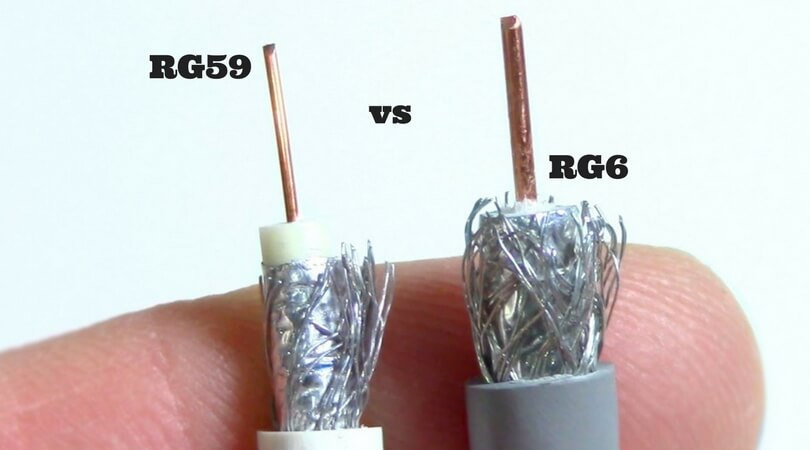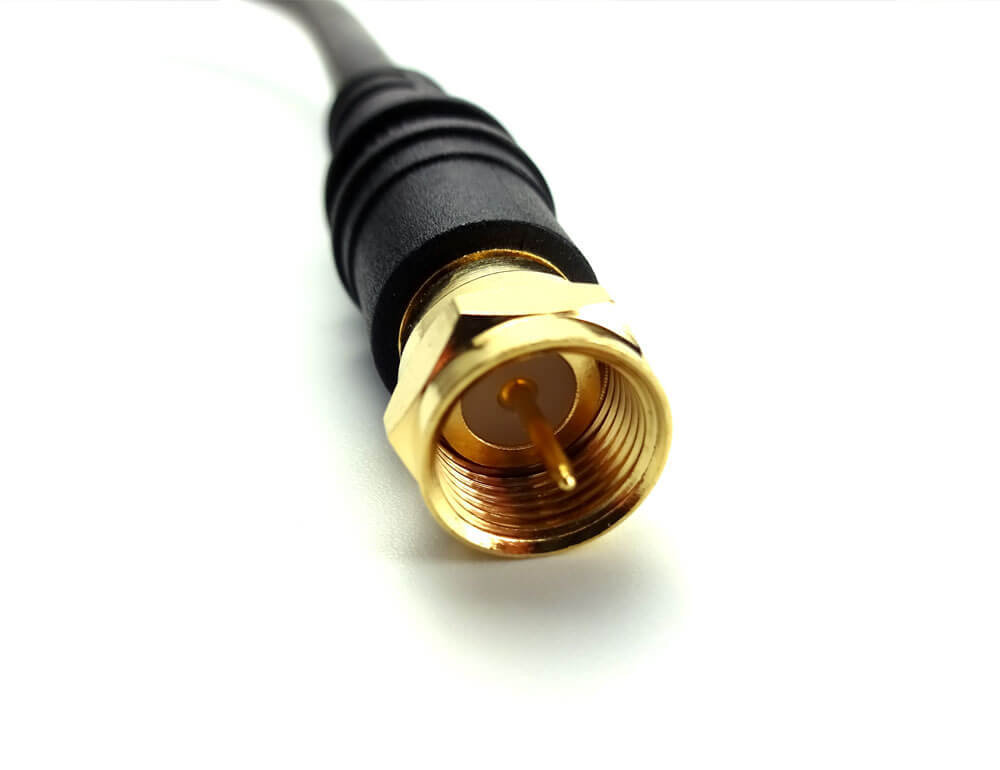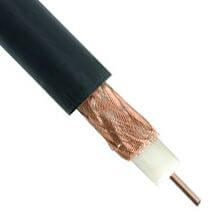
RG6 vs RG59: Difference Between Two Coax Cables
Coax or coaxial cables are used for regular electrical installations such as satellite TV. While there are many different types of these cables in the market, there are two common ones: RG6 and RG59. If you are into DIY electrical projects or even have basic information about cables, you will likely be familiar with these names.
However, it is often confusing to understand their different purposes. Can they be used interchangeably? Do they have specific properties that we must keep in mind while making a choice? Of course.
Properties of RG6 cables:
Properties of RG59 cables:
Even though their applications are entirely different and they cannot be used in place of each other, it is safe to say that RG6 has better properties than RG59. This is reflected in the price tag as well. RG6 coax cables are generally more expensive.
Now that you clearly know the difference between the two common coaxial cables, we assume you will make the right choice for your purchase. Remember – it is not the price that you should be looking at but the usage, to be able to pick the right one.
However, it is often confusing to understand their different purposes. Can they be used interchangeably? Do they have specific properties that we must keep in mind while making a choice? Of course.
What is The Difference Between RG6 and RG59 Coax Cables?

Properties of RG6 cables:
- RG6 cables are made of foil shields and braided aluminum shields.
- They have better insulation properties.
- The inner conductor is thicker at 18 AWG copper center. This helps RG6 cables provide longer distance proficiency and better bandwidth.
- The frequency range is better, which means if you are looking for a cable to serve the purpose of higher frequency range, RG6 is your answer.
- RG6 cables have low attenuation even though the cables are long.
- Problems with RG6 come when you need them to work below 50 Mhz. They are not efficient in this case and you will need to use RG59.
- Fewer signal loss problems are reported with RG6.

Properties of RG59 cables:
- RG59 cables are made of 95% copper shields and this helps them block RFI inclusion.
- Insulation is not as good as RG6 cables.
- The inner conductor of RG59 cables is thin – 20 AWG copper center. This makes its diameter smaller than RG6.
- The frequency range is lower. RG6 can work even with 3Ghz but RG59 may start showing inefficiency upon touching 2 GHz.
- If you need to work below 50 Mhz, RG59 is the way to go.
- RG6 provides lower attenuation when compared to RG59. This is a significant drawback for RG59 cables.
Uses of RG6 vs RG59
As aforementioned, RG6 and RG59 are used for different purposes. Let’s take a look: - RG6: Satellite DSS applications, CATV,
- RG59: Plasma TV, component video, video projectors, and other baseband video applications, CCTV. These cables cannot be used in cables or satellite feeds because they do not have foil shields.
Even though their applications are entirely different and they cannot be used in place of each other, it is safe to say that RG6 has better properties than RG59. This is reflected in the price tag as well. RG6 coax cables are generally more expensive.
Now that you clearly know the difference between the two common coaxial cables, we assume you will make the right choice for your purchase. Remember – it is not the price that you should be looking at but the usage, to be able to pick the right one.







Leave a comment